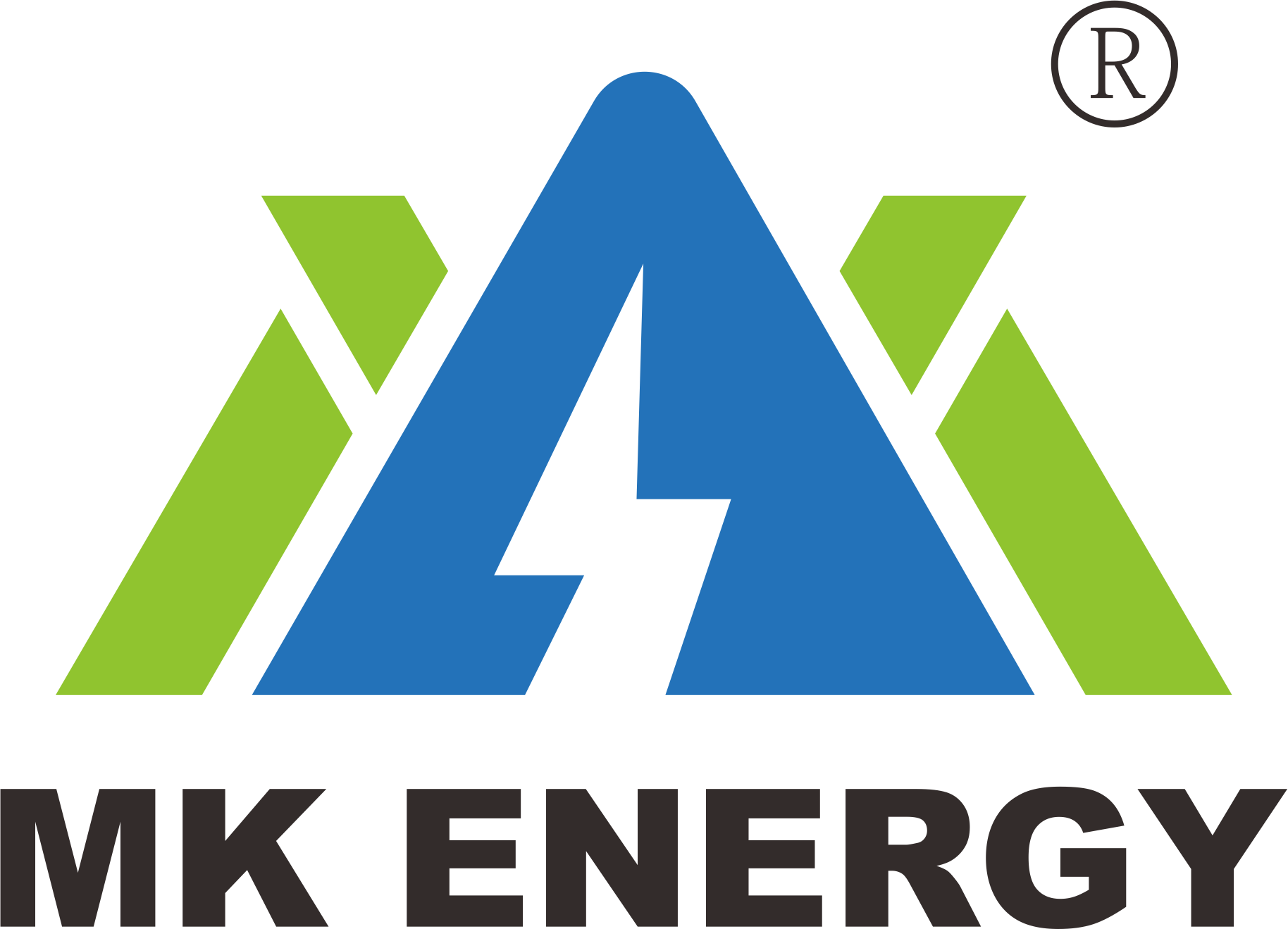Around the world, lead-acid batteries have gained popularity as a backup power source for subway systems. These batteries are superior to other types of batteries in a number of ways, making them perfect for demanding applications. In this article, we will explore the advantages of lead-acid batteries in subway systems and examine their various applications.
Advantages
High Energy Density: High energy density, or the ability to store more energy in a smaller volume, is a feature of lead-acid batteries. They are therefore ideal for usage in subway systems where space is at a premium.
Low Self-Discharge Rate: Compared to other battery types, lead-acid batteries have a relatively low self-discharge rate. This means that they can hold their charge for a long period of time, making them a reliable backup power source.
Low Maintenance: Lead-acid batteries require very little maintenance, making them an attractive choice for subway systems that need reliable backup power with minimal upkeep.
Affordable: Lead-acid batteries are relatively cheap compared to other types of batteries, making them an affordable option for subway systems that need to keep costs down.
Applications
Emergency Lighting: Subway systems need reliable emergency lighting in the event of a power outage. Lead-acid batteries can provide backup power to keep the lights on, ensuring the safety of passengers and staff.
Signaling Systems: Signaling systems are critical for maintaining the safe and efficient operation of subway trains. In the event of a power loss, backup power from lead-acid batteries can keep these devices running.
Communication Systems: Communication systems are critical in subway systems, allowing staff to communicate with each other and with passengers. In order to keep these systems running in the event of a power loss, backup power might be provided using lead-acid batteries.
Ventilation Systems: Ventilation systems are essential in subway systems, ensuring that passengers and staff have access to fresh air. To keep these systems running in the event of a power loss, lead-acid batteries can be used as backup power.

Subway train indoor
Apart from the applications mentioned above, lead-acid batteries can also be utilized for other subway system applications. Some of these are:
Auxiliary Power Units: Auxiliary power units (APUs) can provide backup power to subway trains in case of a power outage. The great energy density and minimal maintenance needs of lead-acid batteries make them perfect for APUs.
Control Systems: Control systems are critical for managing the operation of subway trains. When there is a power outage, lead-acid batteries can supply backup power to keep these systems running.
Escalators and Elevators: Escalators and elevators are crucial for moving passengers in and out of subway stations. In the case of a power loss, these systems may be powered by backup lead-acid batteries to keep passengers moving securely and effectively.
Ticketing Systems: Ticketing systems in subway systems require reliable backup power to continue operating during a power outage. Lead-acid batteries can provide the necessary backup power to ensure that commuters can purchase tickets and enter the subway system.
Conclusion

